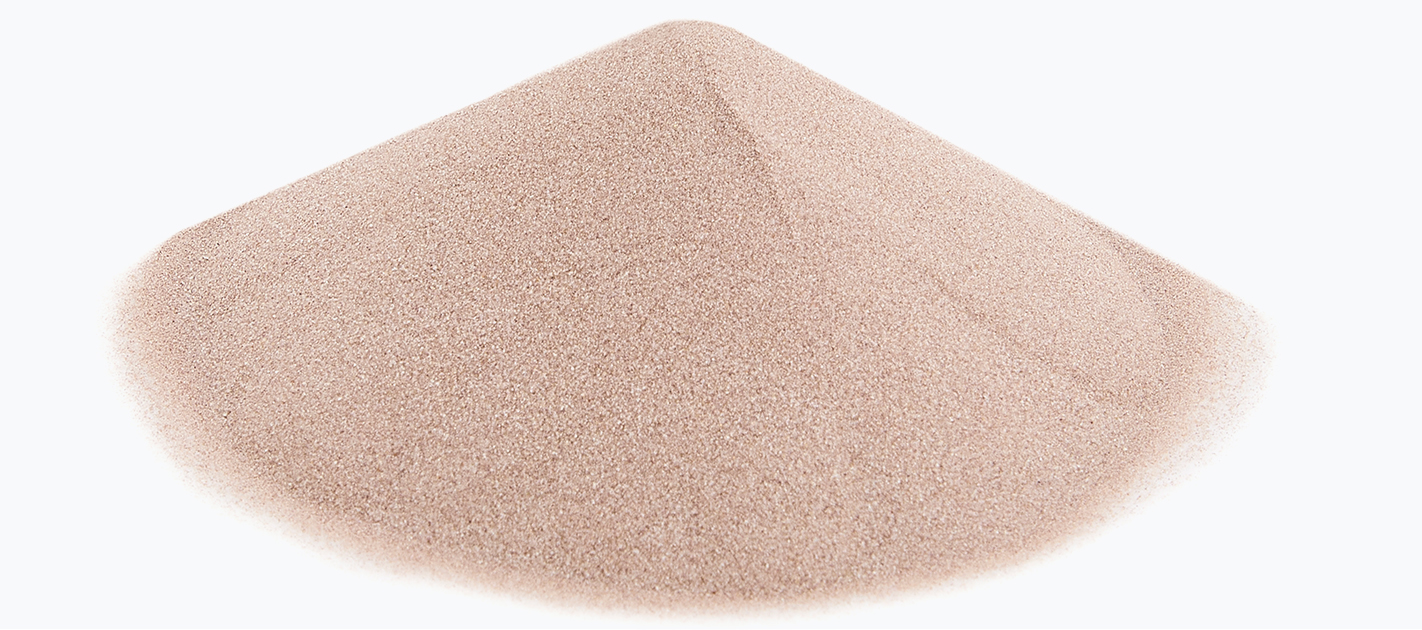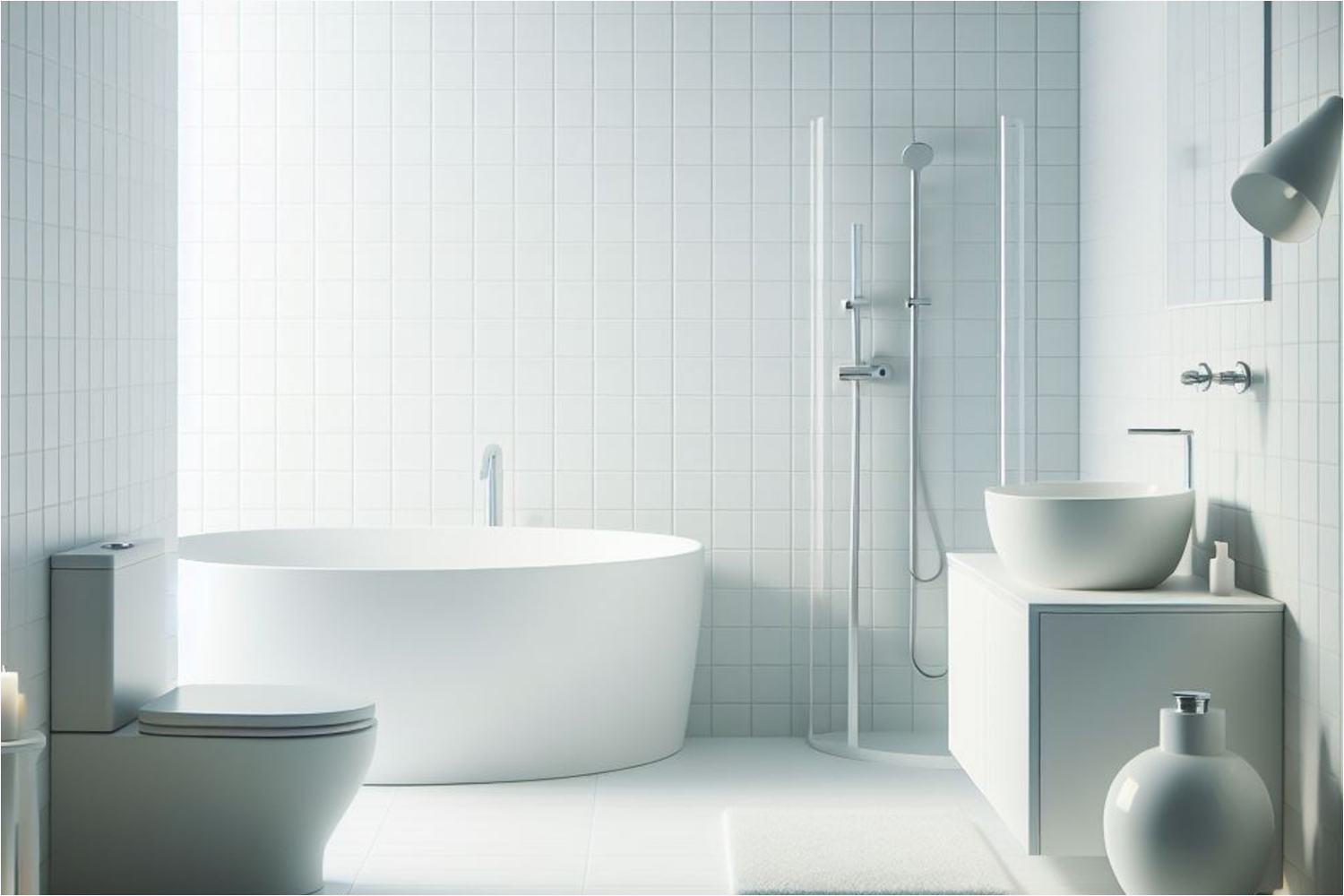Zircon Sand

Zircon is a versatile mineral primarily composed of Zircon(ZrO2) It occurs in nature as a crystalline form found in brown colors Zircon is often associated with other heavy minerals such as rutile, ilmenite, and monazite in sand and gravel deposits, particularly in coastal areas.
There are many variations of passages of Lorem Ipsum available, but majority have suffered alteration in some form, by injected humour, or randomised words which don't look even slightly believable.
In mineral sands, zircon stands as one of the core product streams alongside titanium minerals like ilmenite, leucoxene, and rutile. This dual stream forms the backbone of mineral sand mining operations, with zircon playing a vital role in various industrial applications.
Zircon possesses several notable features that contribute to its wide range of applications and significance in various industries. It exhibits high hardness, typically ranging from 5 to 6 on the Mohs scale, making it resistant to abrasion and wear, ideal for applications requiring durability.
With a high melting point exceeding 2,000°C (3,632°F), zircon finds suitability in high-temperature applications such as ceramic, refractories and foundry casting. Its chemical stability and resistance to corrosion, even in harsh environments, make it invaluable where exposure to corrosive substances is common.
Zircon’s low thermal expansion ensures dimensional stability, crucial in refractory linings and precision casting. Furthermore, as an opacifying agent in ceramics, it enhances products’ aesthetic appeal by imparting whiteness, brightness, and opacity.
Notably, zircon exhibits excellent radiation resistance, making it suitable for applications in nuclear reactors and other radiation-intensive environments. Gem-quality zircons, particularly those with attractive colors like blue and red, are prized in jewelry for their brilliance, clarity, and color.
Typically found in association with other heavy minerals in mineral sands deposits, zircon’s abundance is globally distributed, with major deposits in Australia, South Africa, India, and the Indonesia. While zircon itself is non-toxic and environmentally benign, responsible mining practices are vital to mitigate environmental impacts associated with its extraction and processing.
APPLICATION


Ceramics:
Zircon is commonly used as an opacifier and glaze in ceramics production. It imparts opacity, strength, and durability to ceramic products such as tiles, tableware, and sanitary ware.
Foundries:
In foundry applications, zircon is utilized as a molding material for casting metals. Zircon sand is preferred for its high refractoriness, thermal expansion, and low thermal conductivity, making it ideal for producing intricate metal castings with superior surface finish and dimensional accuracy.
Refractories:
Zircon is utilized in the manufacture of special-purpose refractories, which are materials resistant to heat, corrosion, and abrasion. These refractories find applications in industries such as steelmaking, glass manufacturing, and petrochemical processing, where high temperatures and harsh conditions are prevalent.
Chemical Processing:
Zirconium compounds derived from zircon are used in various chemical processing applications. Zirconium dioxide (zirconia) is employed as a catalyst support, adsorbent, and stabilizer in chemical reactions and industrial processes.
CHEMICAL COMPOSITION
Grade : 65% Guaranteed
| ZrO2 | 65% Min |
| TiO2 | 0.10% Max |
| Fe2O3 | 0.10% Max |






